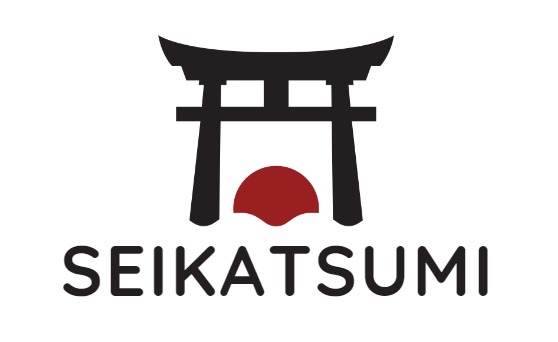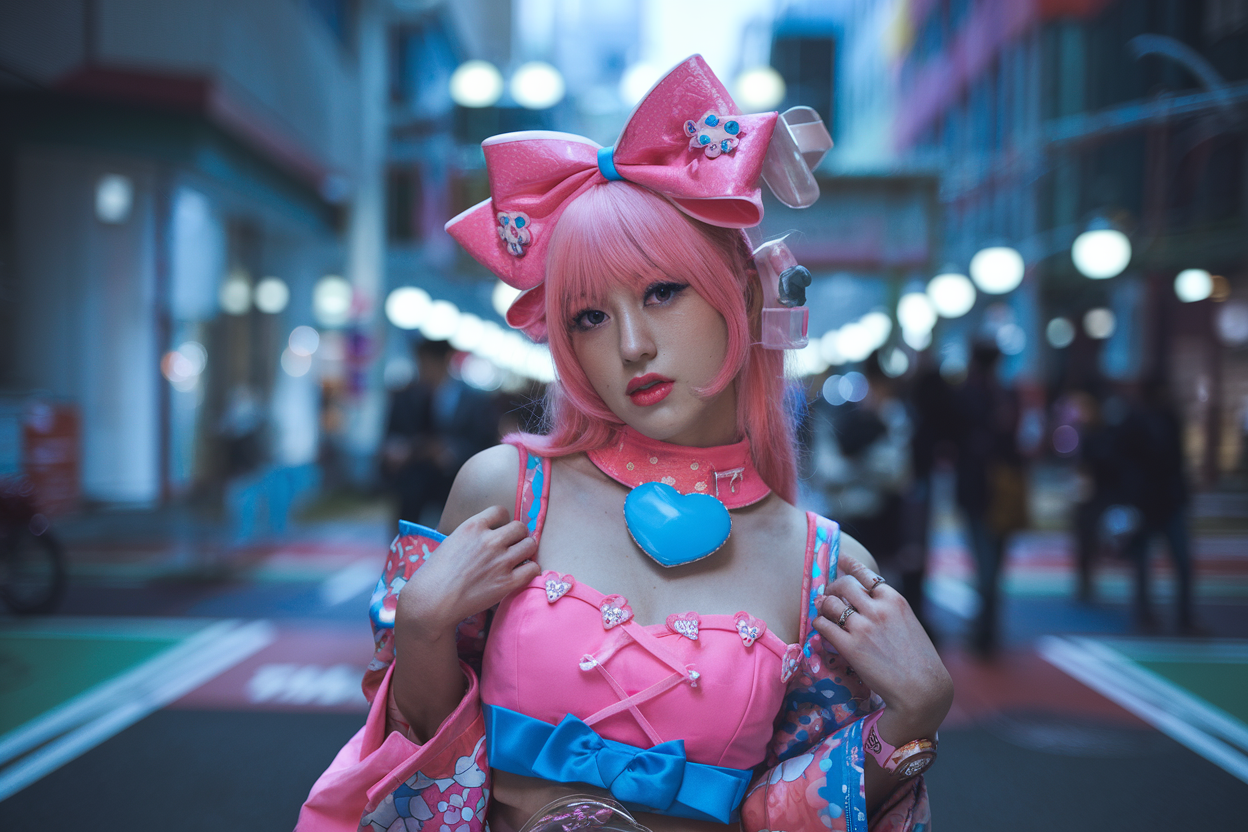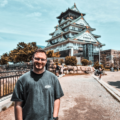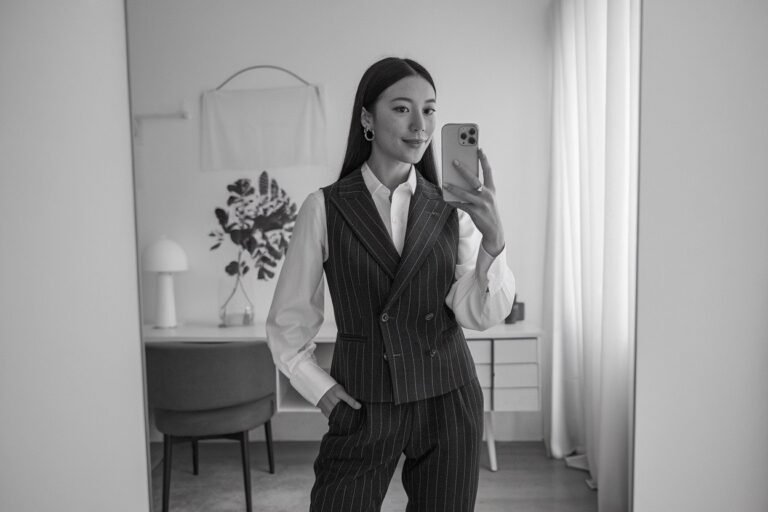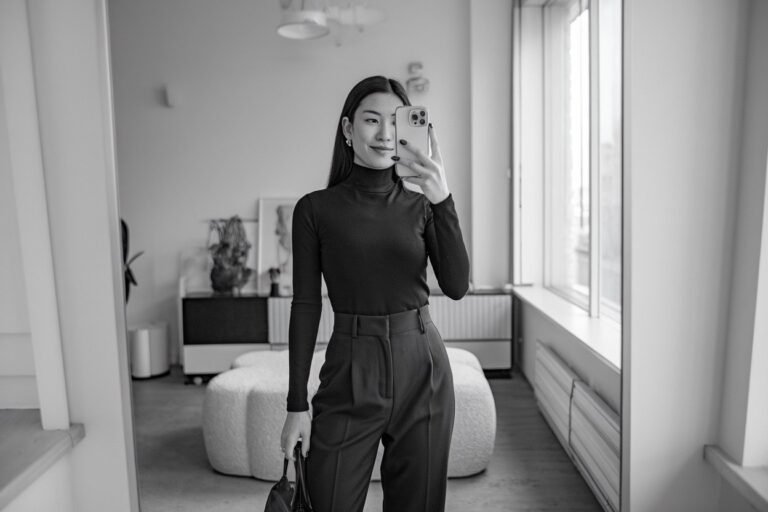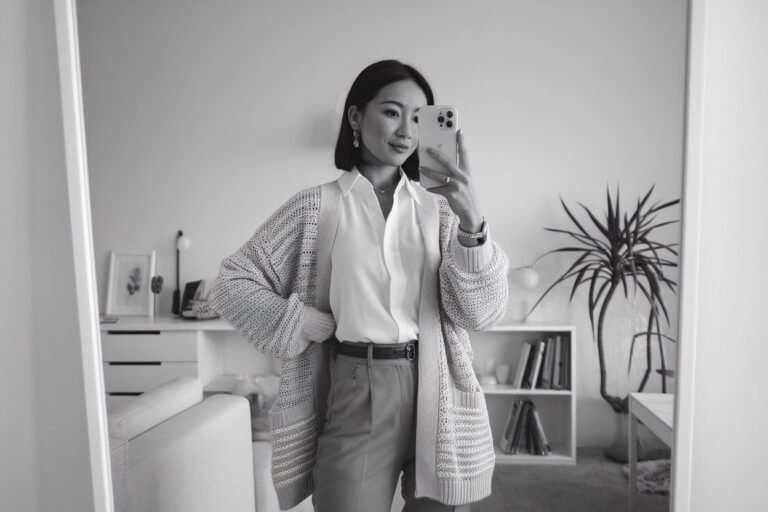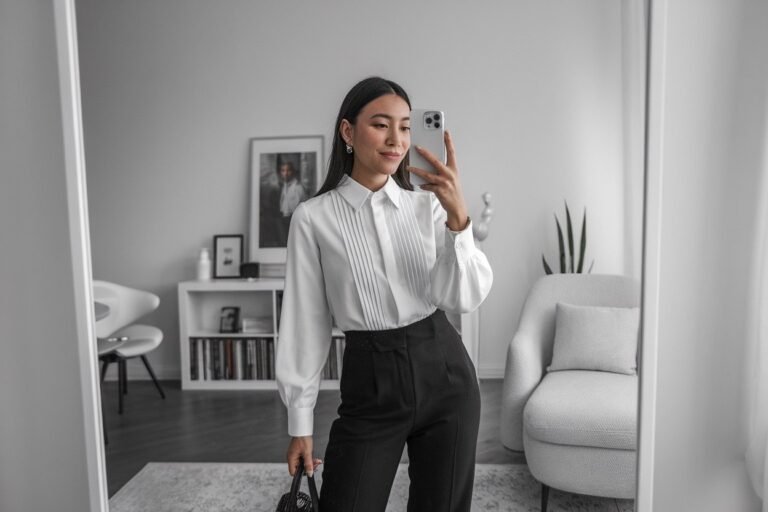Are you passionate about Harajuku fashion in Tokyo? I share your excitement!
I know how thrilling it is to explore the vibrant world of Harajuku Fashion Tokyo. That’s why I’ve spent countless hours wandering these colorful streets to bring you the best insights!
I’m thrilled to introduce you to the incredible fashion scene of Harajuku. It’s like stepping into an open-air fashion gallery, where tradition and modernity merge to create unique styles.
So, why wait? Dive in and explore the vibrant fashion of Harajuku! 🙂
Harajuku Fashion Tokyo: The Origins

Harajuku fashion in Tokyo is a unique blend of cultural influences and expressive street styles.
Its origins trace back to the post-war era and evolved through the creativity of Japanese youth.
Post-War Japanese Culture
After World War II, Japan underwent a massive transformation. The country started to absorb Western influences while re-establishing its own identity. This transitional phase gave birth to new cultural expressions. Harajuku, in particular, became a hotspot for these transformations.
The American soldiers stationed in Japan brought new fashion trends that mingled with traditional Japanese elements.
During the 1950s and 1960s, Harajuku saw the rise of youth culture. Young people started to gather in this area, experimenting with bold styles and colorful outfits.
This divergence from traditional attire was both a rebellion and a statement of individuality. Emerging subcultures embraced this freedom, setting the stage for what would become an iconic fashion district.
Birth of Harajuku Street Style

By the 1980s, Harajuku had established itself as the epicenter of Japanese street fashion. The neighborhood’s Takeshita Street became the gathering place for fashion enthusiasts.
Styles like punk, rockabilly, and cosplay began to emerge, heavily influencing the area’s aesthetic. This period also saw the rise of boutiques and shops specializing in avant-garde clothing.
FRUiTS magazine, created by Shoichi Aoki, documented these extraordinary styles and helped popularize Harajuku fashion globally.
Brands like Nubian and GR8 gained prominence, pushing the boundaries of what fashion could be.
This blend of creativity and rebellion transformed Harajuku into a fashion juggernaut, celebrated worldwide for its unique and avant-garde street style.
Key Elements of Harajuku Style

Harajuku fashion in Tokyo is all about breaking boundaries and expressing individuality.
From vibrant color palettes to the influence of kawaii culture and a strong DIY ethic, each element plays a crucial role in crafting this unique style.
Eclectic Mix of Colors and Patterns

One of the first things you’ll notice about Harajuku fashion is its bold and vibrant use of colors and patterns.
This style thrives on an eclectic mix of hues, often combining seemingly clashing shades like neon greens with bright pinks.
Patterns are just as diverse, with polka dots, stripes, and florals frequently mixed together in a single outfit. This deliberate clash creates a striking visual impact that’s impossible to ignore.
The combination isn’t random, though. Each piece is thoughtfully layered to add depth and texture.
For example, pairing a knit sweater with faux fur may seem unusual, but in Harajuku, it’s a way to stand out while staying cozy and original.
This adventurous approach to colors and patterns underscores the style’s unapologetic individuality and creativity.
Influence of Kawaii Culture
Kawaii, meaning “cute” in Japanese, significantly influences Harajuku fashion. From oversized bows to pastel colors and adorable accessories, it’s all about being as endearing as possible.
This extends to the use of playful elements like cartoon characters, which are common on everything from T-shirts to handbags.
The emphasis on cuteness isn’t just in the clothing but also in hairstyles and makeup.
You’ll often see styles like Lolita, which incorporates frilly dresses, lace, and ribbons, establishing a fairy-tale-like appearance.
Characters from anime and manga are also popular, serving as inspiration for many Harajuku outfits. This fusion of kawaii elements creates a whimsical and youthful vibe that’s distinctive to the area.
Hey you! Are you interested in more fashion trends? Then be sure to check out our top fashion articles! You definitely can’t miss it!
Japanese Traditional Clothes Men: The Best Timeless Fashion Of Japan In 2024
Japanese Winter Jeans Styles Men: Best Cozy and Sytlish Outfits 2024
DIY and Customization

A defining characteristic of Harajuku fashion is its strong DIY spirit. Many enthusiasts take pride in customizing their clothing and accessories.
Whether it’s adding patches to a jacket, sewing unique embellishments onto skirts, or even creating whole outfits from scratch, personal craftsmanship is highly valued.
This hands-on approach allows each person to infuse their personality into their style.
Vintage shops and flea markets are popular in Harajuku, offering a treasure trove of materials for customization. I love how this encourages sustainability and creativity.
It’s not just about buying the latest trend but making something that truly represents who you are. This DIY culture ensures that no two Harajuku outfits are ever the same, reinforcing the individuality that the fashion is known for.

Major Harajuku Fashion Trends
Harajuku fashion captures a unique blend of artistic expression, from the dark elegance of Gothic Lolita to the playful explosion of colors in Decora. Each trend brings its own distinct style to the streets of Tokyo’s Harajuku district.
Gothic Lolita
Gothic Lolita combines Victorian-inspired clothing with a touch of gothic darkness. Picture elegant dresses featuring lace, bows, and frills, paired with dark colors like black and deep purples.
Accessories often include parasols, bonnets, and lace gloves. This style emphasizes a doll-like appearance, with carefully crafted makeup focusing on pale skin, dark eyeliner, and bold lip colors. It’s a mix of tradition and rebellion, creating a look that’s both sophisticated and a bit edgy.
Visual Kei

Visual Kei is heavily influenced by Japanese rock music. Outfits are extravagant, featuring elaborate hair and makeup that sometimes border on theatrical.
Think leather, studs, and other elements borrowed from punk and glam rock. Band t-shirts, platform boots, and dramatic hair spikes are common components.
The goal is to make a strong visual impact, transforming the wearer into a walking piece of art. It’s not just clothing; it’s a performance.
Decora
Decora fashion is all about maximizing fun and color. Accessories are key here—think multiple hair clips, necklaces, bracelets, and layers upon layers of clothing in bright, cheerful hues.
Patterns and textures are mixed freely, resulting in a look that’s overwhelmingly joyful and whimsical.
Socks and tights in contrasting colors, along with a plethora of cute and quirky items like stuffed toys attached to clothing, help complete the playful appearance.
Fairy Kei
Fairy Kei is a pastel wonderland. It draws inspiration from 1980s pop culture, particularly focusing on pastel colors and cute motifs.
Common elements include light-colored tutus, oversized sweaters, and graphic tees featuring characters from retro cartoons and video games.
Accessories often feature stars, hearts, and other soft shapes. This style radiates a dreamy, almost ethereal vibe, making it a favorite for those who love nostalgia.
Harajuku Fashion Today

Harajuku fashion in Tokyo continues to evolve and captivate the world’s imagination.
From its vibrant and eclectic streets to its trendsetting personalities, Harajuku’s impact on global fashion and its contemporary trends and brands are both noteworthy.
Global Influence
Harajuku has a significant influence on fashion worldwide. It’s not just a local phenomenon but has inspired designers globally.
The district’s unique styles, such as Lolita, Decora, and Gyaru, have found enthusiastic followers across the United States, Europe, and beyond.
International fashion weeks and designers often showcase Harajuku-inspired collections. Celebrities like Gwen Stefani have promoted Harajuku culture, increasing its global reach.
I love how social media platforms amplify this influence, with countless influencers sharing their takes on Harajuku fashion.
Fashion magazines and blogs frequently highlight Harajuku trends, making them accessible to a global audience. Street style photographers flock to the area to capture the latest looks. This widespread exposure ensures Harajuku remains a significant player in the fashion world.
Contemporary Trends and Brands
I find contemporary Harajuku fashion just as fascinating as its global influence.
Today, the styles mix traditional Harajuku elements with modern streetwear trends. You’ll see oversized silhouettes, bold prints, and a blend of high fashion and DIY aesthetics.
Brands like WEGO, 6%DOKIDOKI, and A Bathing Ape (BAPE) are now crucial to the area’s fashion scene.
These brands offer trendy, unique clothing that attracts both locals and tourists. WEGO combines affordability with style, while 6%DOKIDOKI keeps the spirit of Harajuku’s vibrant, playful essence alive.
Digital platforms also play a crucial role in showcasing contemporary Harajuku fashion.
Influencers and designers often collaborate to create limited edition pieces sold online, which sell out almost instantly.
The blend of local craftsmanship with global trends keeps Harajuku fashion fresh and relevant.
Frequently Asked Questions
What is Harajuku fashion in Tokyo known for?
Harajuku fashion in Tokyo is known for its bold, eclectic, and colorful street styles that often mix various fashion genres.
Where can I shop for Harajuku fashion in Tokyo?
You can shop for Harajuku fashion in Tokyo on Takeshita Street, Omotesando, and in various independent boutiques around Harajuku.
How has Harajuku fashion influenced global trends?
Harajuku fashion has influenced global trends by popularizing unique and avant-garde styles, inspiring designers and fashion enthusiasts worldwide.
If you liked this blog article about Harajuku Fashion Tokyo, don’t forget to follow us on Pinterest so you don’t miss any more fashion tips.
Let us know, which of the above is your favorite Harajuku Outfit!
